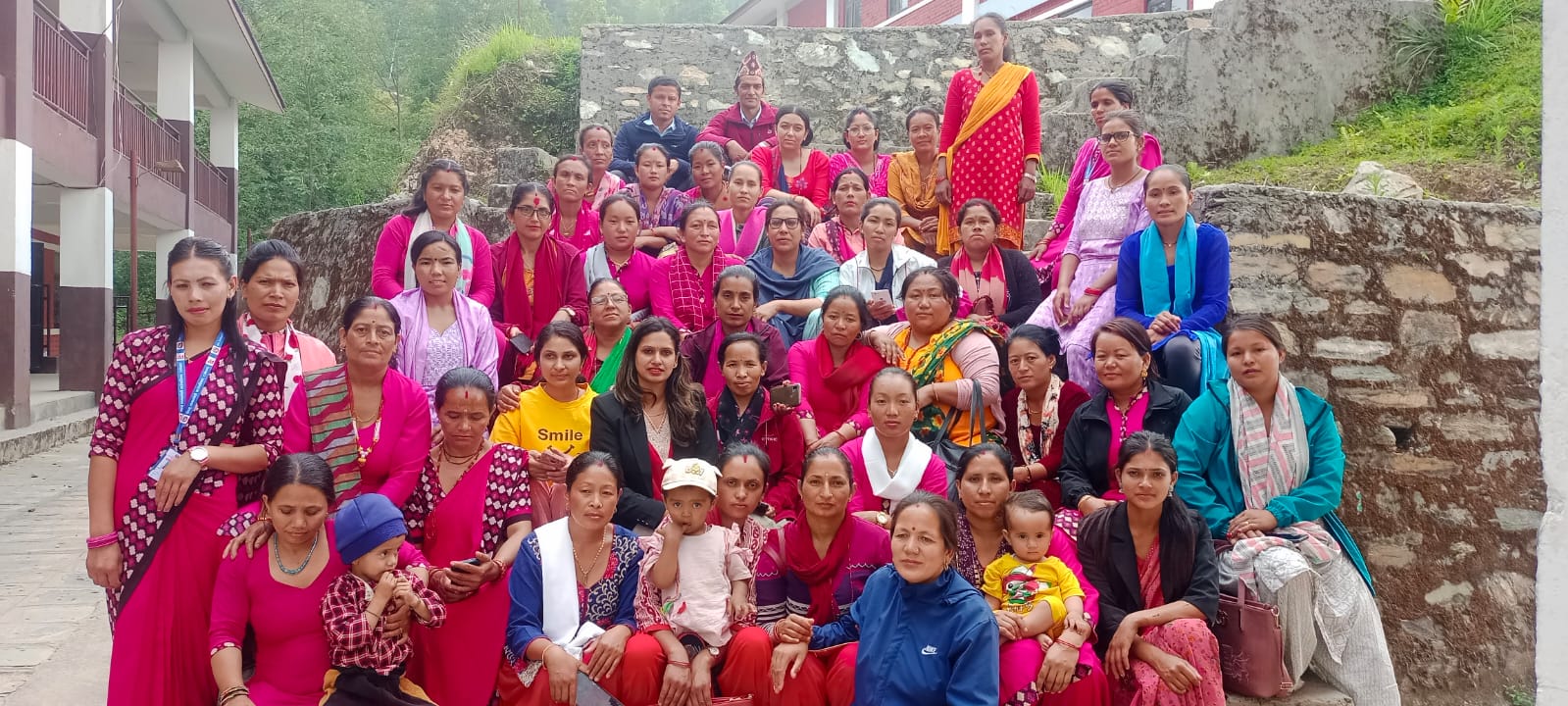Enhancing Water and Sanitation Infrastructure in Rural Communities
Access to clean water and sanitation facilities is fundamental for human health and overall well-being. However, many rural communities around the world still lack adequate infrastructure in this regard, leading to various health issues and hindering socio-economic development. To address this challenge, our project aims to enhance water and sanitation infrastructure in rural areas, promoting better health outcomes and empowering communities.
Project Details:
Our project focuses on several key components to improve water and sanitation infrastructure in rural communities:
1. Assessment and Planning:
– Conduct comprehensive assessments of existing water sources, sanitation facilities, and community needs.
– Engage with local stakeholders, including community members, leaders, and relevant authorities, to gather insights and perspectives.
– Develop tailored plans for infrastructure enhancement, prioritizing areas with the greatest need and potential impact.
2. Infrastructure Development:
– Implement sustainable water supply systems, such as wells, boreholes, or piped water networks, to ensure reliable access to clean water.
– Upgrade or construct sanitation facilities, including toilets, latrines, and wastewater treatment systems, to promote proper hygiene practices and prevent waterborne diseases.
– Utilize appropriate technologies and materials that are suitable for rural settings and environmentally friendly.
3. Capacity Building and Education:
– Provide training and capacity building workshops for local communities on water management, hygiene practices, and maintenance of infrastructure.
– Raise awareness about the importance of clean water and sanitation through educational campaigns, workshops, and community outreach activities.
– Empower community members, especially women and youth, to take ownership of water and sanitation initiatives and become advocates for change.
4. Monitoring and Evaluation:
– Establish monitoring mechanisms to track the progress and effectiveness of infrastructure interventions.
– Conduct regular evaluations to assess the impact on health outcomes, socio-economic development, and community empowerment.
– Solicit feedback from community members to ensure continuous improvement and sustainability of the interventions.
Conclusion:
By enhancing water and sanitation infrastructure in rural communities, our project strives to improve public health, enhance livelihoods, and contribute to sustainable development goals. Through collaborative efforts and community engagement, we aim to create lasting positive impacts that benefit generations to come.

